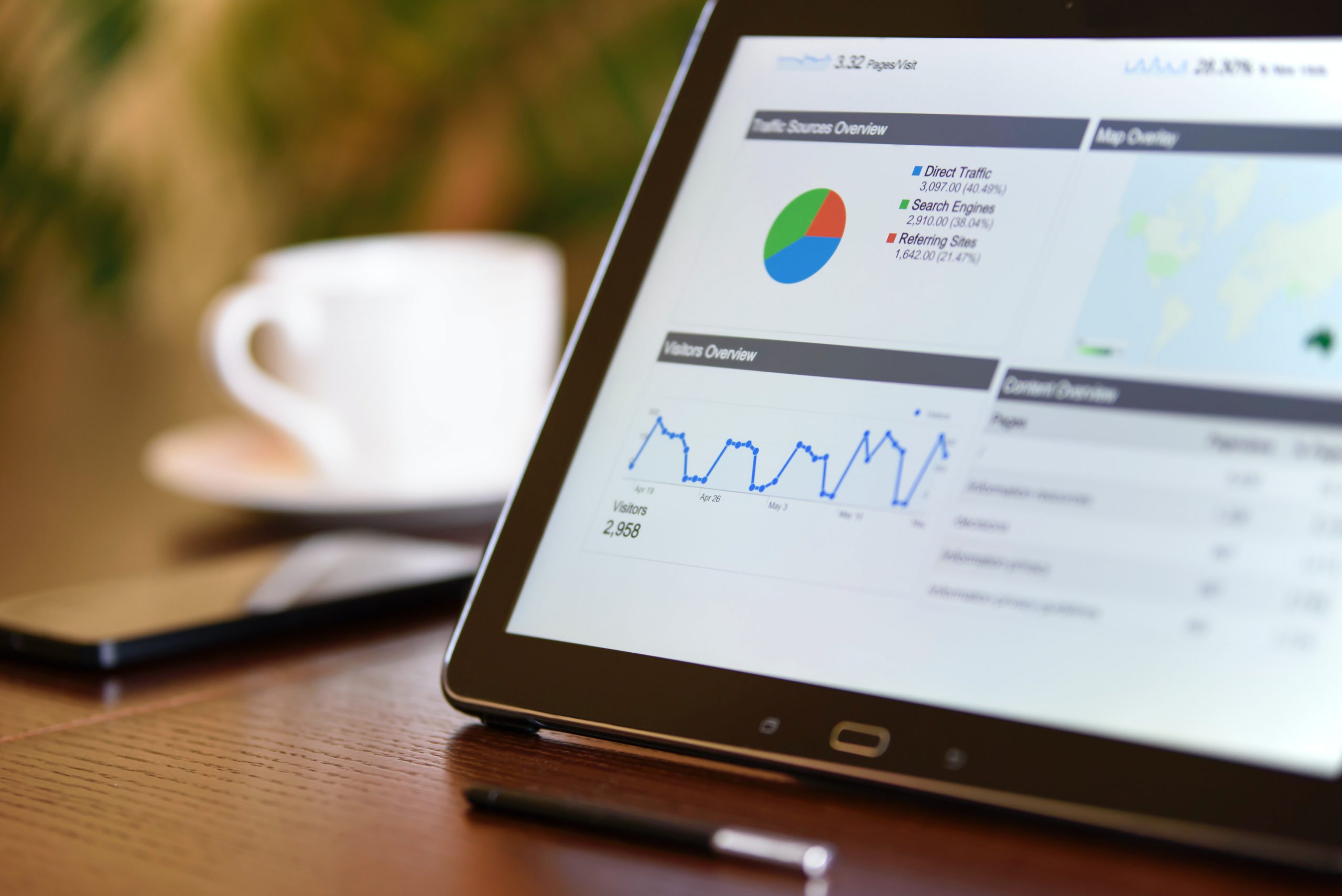Facebook is still the largest social media network today. As of the second quarter of 2021, Facebook had about 2.89 billion monly active users. At the core of the platform is the news feed, which is controlled by the Facebook Algorithm. The Facebook Algorithm controls … Continue reading “7 ranking factors to know about the Facebook Algorithm”
8 tips to increase organic traffic to your website
While digital advertising likely has a recurring portion of your budget, not all website traffic has to be paid for. It is possible to increase your web traffic organically. Keep in mind that 51 percent of website traffic is organic, while internet browsers opt to … Continue reading “8 tips to increase organic traffic to your website”
Want to receive more great content like this for free?
Subscribe to our newsletter to get best practices, recommendations, and tips for digital marketers


